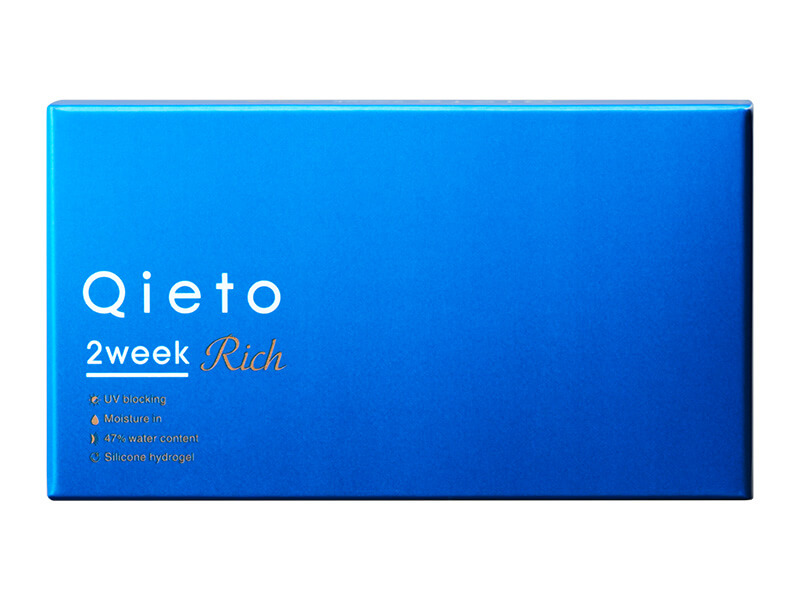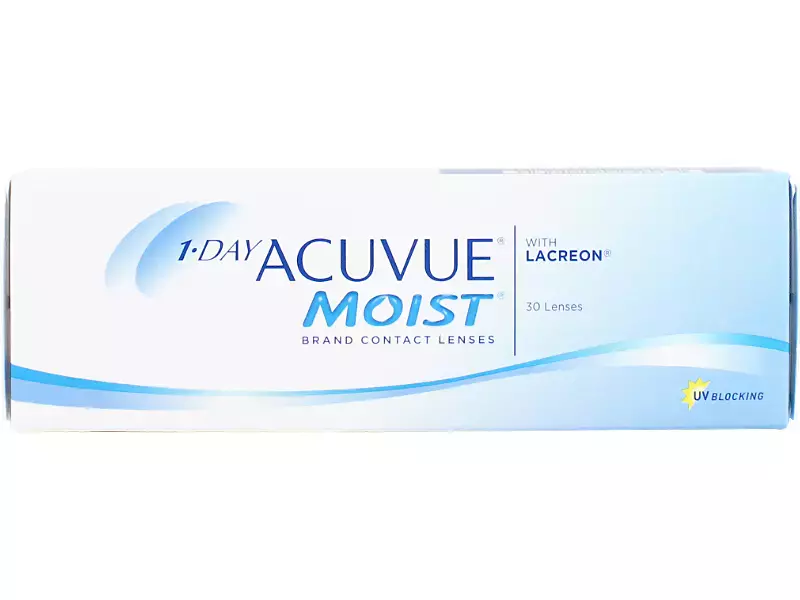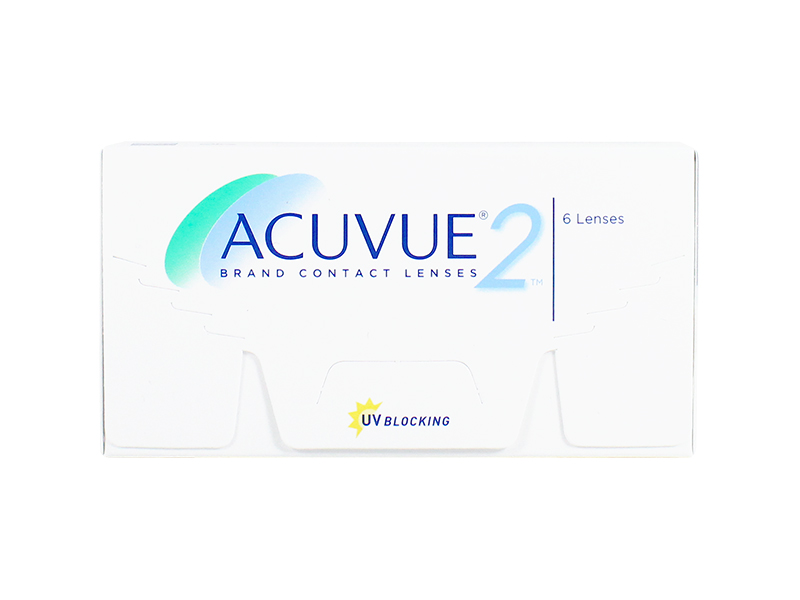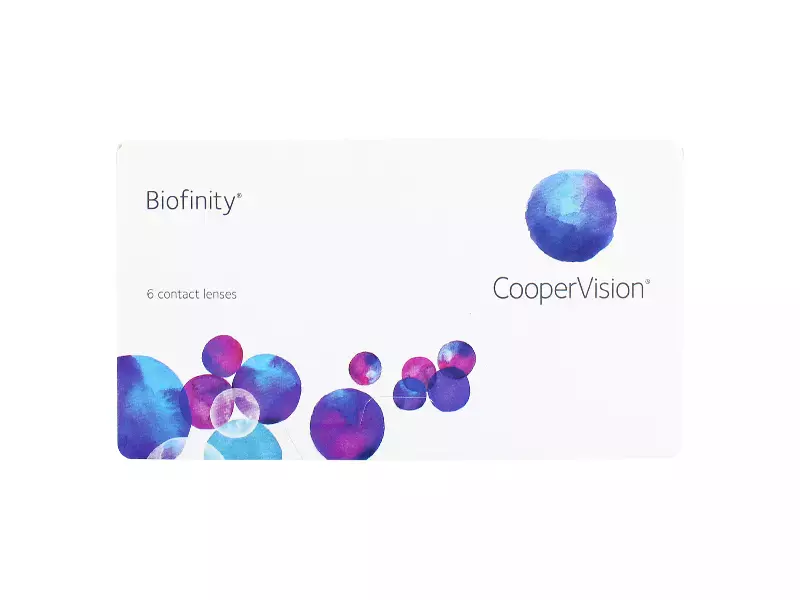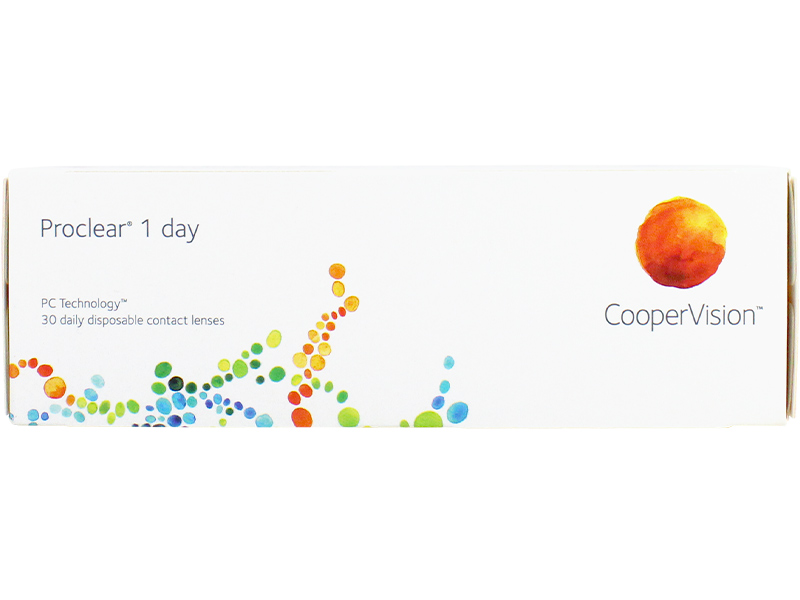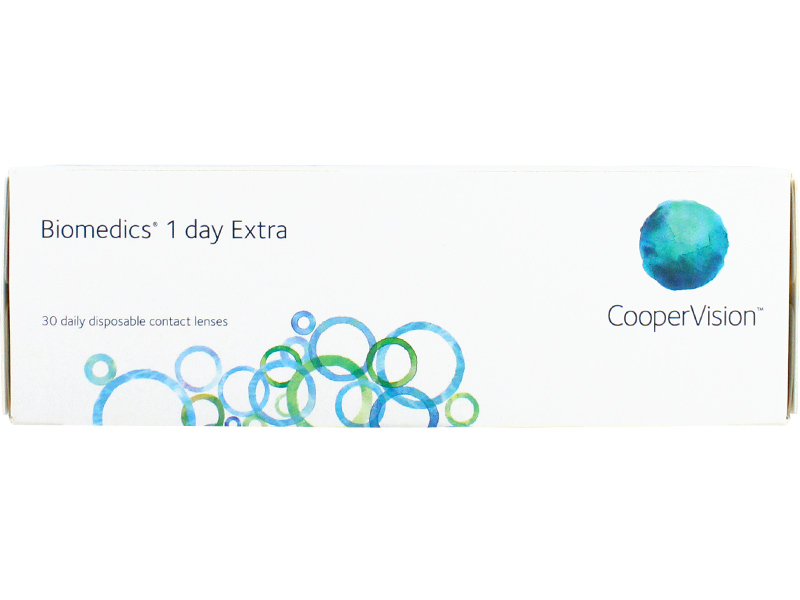Savelens Blogs
Useful Tips for Contact Lens Wearers During Allergy Season
As winter ends and spring approaches, it’s a time of renewal—but for hay fever sufferers, it can also mean itchy eyes, sneezing, and discomfort. In this blog, we’ll share essential tips and strategies to help contact lens users manage hay fever symptoms and enjoy the season more comfortably.
Understanding Hay Fever: Causes and Symptoms
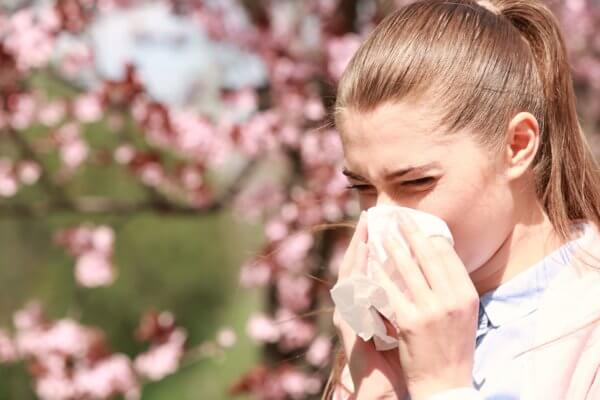
Hay fever, also known as allergic rhinitis, is an allergic reaction to environmental allergens such as pollen, dust mites, mold, and animal dander. Allergies occur when the immune system overreacts to foreign substances. While antibodies produced by the immune system help fight off bacteria and viruses, they can also become overly sensitive to allergens.
Hay fever doesn’t cause immediate symptoms upon first exposure to pollen. Instead, antibodies to pollen develop over several years or even decades, and symptoms appear when pollen re-enters the body.
Common symptoms include a runny nose, itchy eyes, and sneezing. The eyes, being directly exposed to the environment, are particularly susceptible to pollen. The cornea and conjunctiva, which cover the eye’s surface, are mucous membranes that easily trap pollen, leading to symptoms like itching, redness, a foreign body sensation, and eye discharge.
Effective Tips for Minimising Hay Fever Symptoms
To prevent pollen from affecting you, it’s crucial to avoid exposure. Pollen spreads more easily on windy days, during high temperatures and low humidity, and on sunny afternoons, so try to stay indoors during these conditions.
When you do go outside, protect yourself by wearing glasses, sunglasses, a mask, or a hat to reduce pollen contact. Upon returning home, remove any pollen at the entrance and avoid bringing it indoors. Keep doors and windows closed during peak pollen times to prevent it from entering your home. For eye relief, use an eye wash solution, but avoid using tap water to wash your eyes or contact lenses.
Daily Disposable Contact Lenses: A Smart Choice for Allergy Season
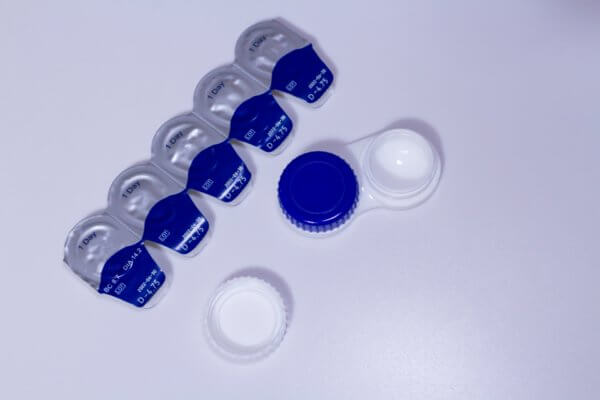
During the pollen season, pollen can easily adhere to contact lenses, making them more prone to becoming dirty. Continuing to wear lenses without properly removing this dirt can worsen allergic symptoms and cause eye inflammation related to hay fever. During the pollen season, it is recommended to use 1-day disposable contact lenses because they allow you to wear clean lenses every day. By replacing the lenses daily, you can effectively reduce the discomfort caused by pollen allergies.
Popular daily contact lenses
Qieto1day (30 Lenses)
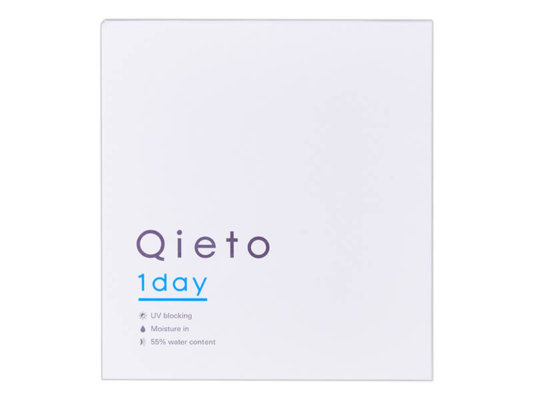
Base Price: $22.90
Exclusive to our group of companies. Affordable daily disposable contact lenses.
QIeto1day Rich (30 Lenses)
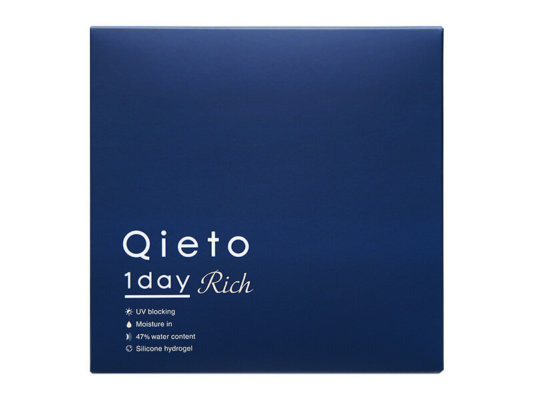
Base Price: $32.90
Sale Price: $27.90
Exclusive to our group of companies. Affordable silicone hydrogel daily disposable contact lenses.
Base Price: $46.90
Popular brand of silicone hydrogel daily disposable contact lenses in the market.
Dailies Total 1 (30 Pack) Huge Overstock Sale!

Base Price: $46.90
Sale Price: $23.40
*Limited prescription of Dailies Total1 (30 Lenses) huge sale! 50% OFF!!
Find out more through the product page.
Managing Eye Care During Allergy Season

During allergy season, make sure to clean both your contact lenses and case thoroughly to remove allergens and avoid irritation. Eye drops can help soothe itchy, red eyes caused by hay fever. Consult with an eye doctor to choose the best eye drops and follow their usage instructions.
Switching to eyeglasses instead of contact lenses on high pollen days can protect your eyes and make using eye drops easier. It’s especially beneficial to wear glasses when spending time outdoors during peak pollen levels.
Seek Advice from Your Eye Doctor
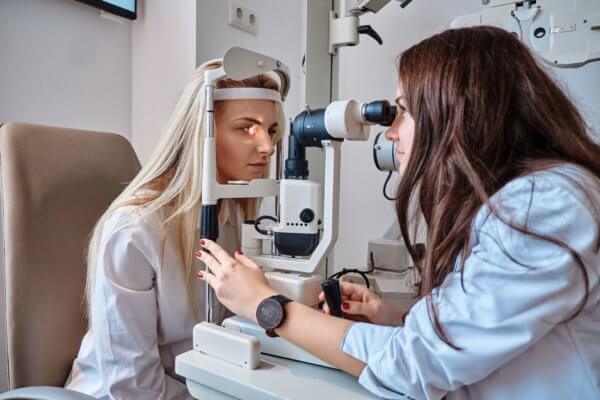
Eye symptoms of hay fever can vary from person to person and may include redness, tearing, a gritty sensation, a feeling of something foreign in the eye, allergic reactions on the underside of the eyelids, or eye discharge.
If your hay fever-related eye symptoms are severe, treatment options may differ, so it’s best to consult an eye doctor for a thorough examination and personalized treatment.
While the pollen season can be challenging for those with hay fever, we hope the information in this blog helps to alleviate your symptoms and make the season a bit more manageable.
Check our Products on Sale!



